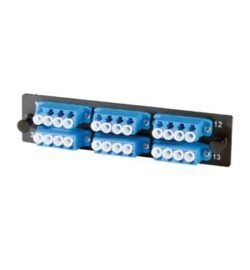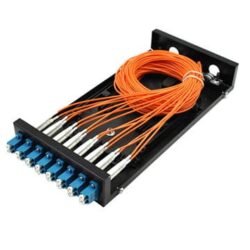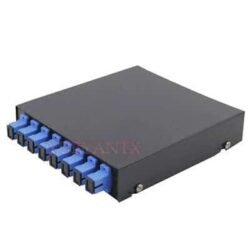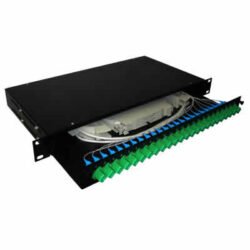Patch Panels Specifications
- Port Options: 24-port and 48-port configurations
- Type: Loaded and unloaded patch panels
- Shielding: UTP (unshielded), FTP/STP (shielded)
- Speed Support: Up to 10Gbps (CAT6A), 500MHz bandwidth
- Material: Black powder-coated steel (front); galvanized steel (rear)
- Cable Management: Integrated cable holder rack and shield termination bar
- Labeling: Numbered ports (e.g., 1–24 or 1–48) for easy identification
- Mounting: 19-inch rack-mountable design
Use Cases for Patch Panels
- Structured cabling systems: Centralize and simplify large cable installations
- Server racks and network cabinets: Neatly terminate Ethernet cables in rack environments
- Office LAN setups: Organize connections between workstations, switches, and routers
- Data centers: Support high-density connections with scalable and modular layouts
- IT maintenance: Enable quick access for troubleshooting and cable re-routing
- Future expansion: Easily add or reconfigure connections without disrupting the network
What's the difference between Cat6e and Cat6A patch panels? Cat6e supports up to 1Gbps and 250MHz, while Cat6A supports up to 10Gbps and 500MHz. Choose Cat6A for higher bandwidth applications or PoE+ systems.Frequently Asked Questions
Do I need a shielded or unshielded patch panel? Use shielded patch panels in environments with high electromagnetic interference (EMI), like industrial or data center settings. For standard office use, unshielded is usually sufficient.
Can I use a patch panel for PoE and VoIP? Yes, most network patch panels Cat6e and Cat6A are PoE- and VoIP-compatible, depending on the cabling used.
Are these patch panels rack-mountable? Yes, all panels offered are 19-inch rack-compatible for easy integration into standard network cabinets.





